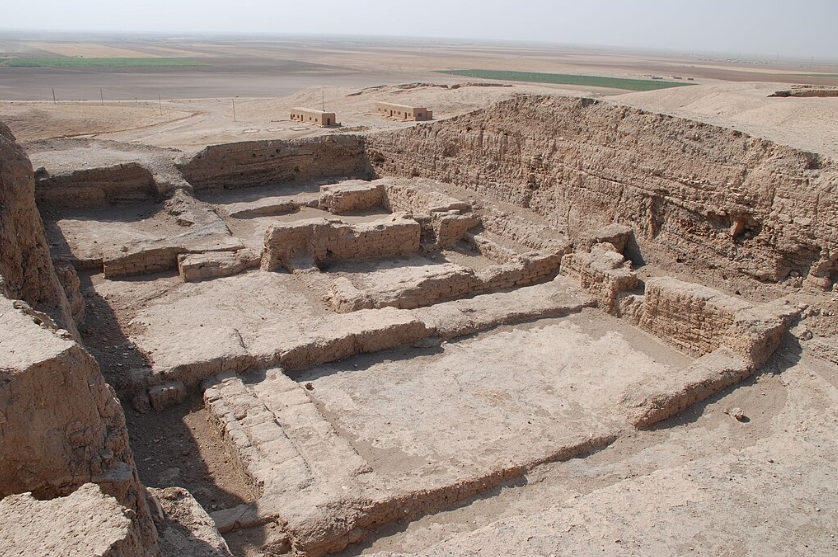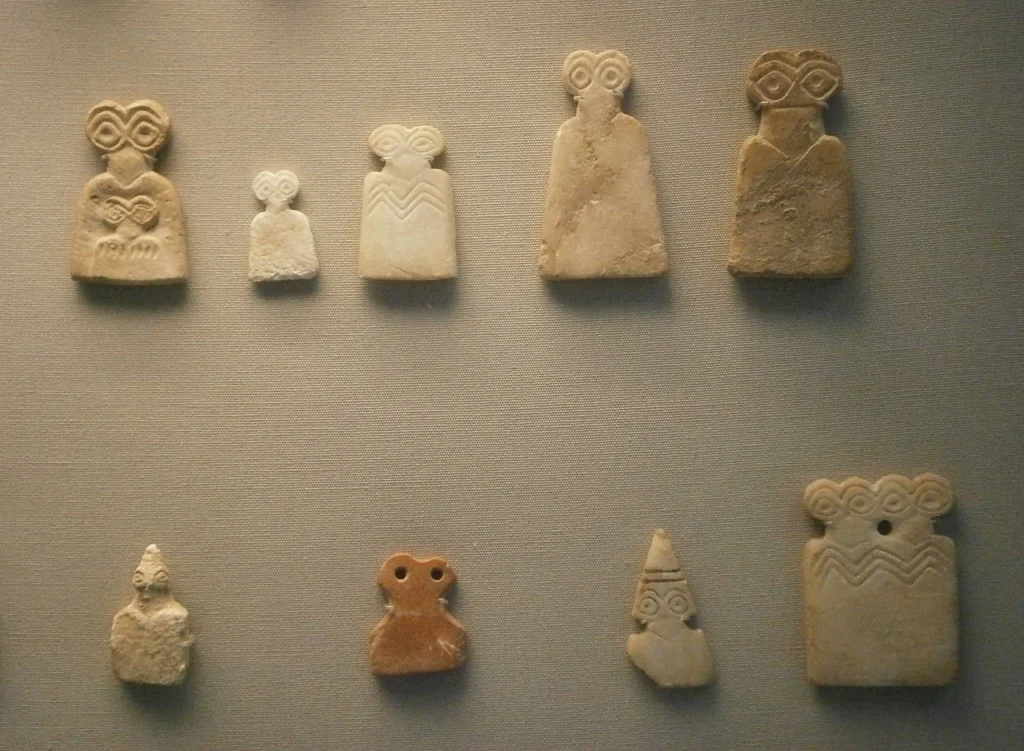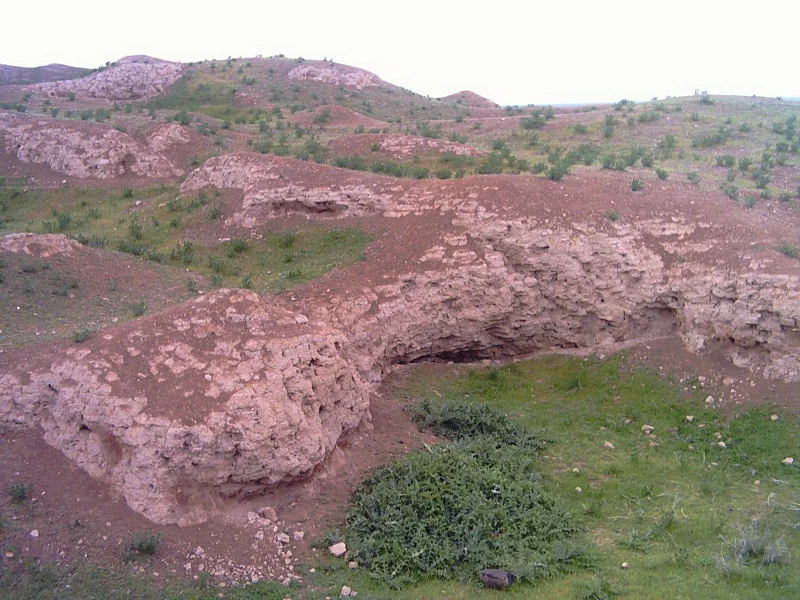Tel Brak rises 40 meters above the plains of the Khabur River. Archaeological evidence indicates that the site began as an agricultural settlement around 4200 BCE, before evolving into a thriving city during the Early Dynastic period. One of its most iconic features is the Eye Temple, named after the hundreds of small basalt statues with wide, staring eyes discovered there—believed to represent an unknown form of communal worship.
Excavations in the upper layers have revealed a massive earthen wall stretching nearly two kilometers in diameter, along with an industrial quarter containing pottery kilns and cylinder seals that document trade in carnelian and copper. Following the collapse of the Akkadian Empire, tel Brak experienced a period of political decline, succeeded by limited Assyrian occupation.
In the 1960s, British and American missions uncovered a grid-planned street network and one of the region’s earliest known stone drainage systems. Unfortunately, illegal excavations during the recent conflict have severely eroded the southern edge of the mound, leading to its classification as a partially destroyed site.
As part of current preservation efforts, the tel Brak 2024 Project is reinforcing the mound’s slopes with layers of mud and straw, while also establishing an educational visitor trail connecting the city gates to the temple. This initiative offers scholars and visitors a unique opportunity to explore the evolution of urbanism in northern Syria prior to the advent of writing.








